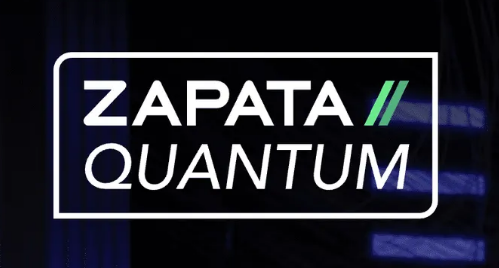Insider Brief:
- Quantum Circuits Inc. joined a collaboration with NVIDIA, Supermicro, Yale Quantum Institute, and QuantumCT to enhance access to accelerated computing for quantum research, deploying NVIDIA Grace Hopper Superchips at its New Haven headquarters.
- QCI is using the new infrastructure to focus on quantum error correction, leveraging its dual-rail cavity qubit architecture that features built-in error detection to reduce overhead and improve fault tolerance efficiency.
- The partnership integrates QCI’s software tools with NVIDIA’s CUDA-Q platform, enabling real-time testing of quantum applications and hybrid quantum-classical workflows using GPU acceleration.
- With local access to high-performance systems, QCI aims to refine scalable simulation pipelines, simplify logistics, and offer integrated full-stack quantum systems as part of its product roadmap.
New Haven-based Quantum Circuits Inc. (QCI) announced its participation in a new collaboration between NVIDIA and Supermicro intended to increase access to accelerated computing for quantum researchers. According to a release from QCI, the initiative also involves partners at the Yale Quantum Institute and QuantumCT, and builds on previous work between QCI and NVIDIA to advance hybrid classical-quantum workflows integrated with high-performance computing systems.
As part of this collaboration, QCI now has access to NVIDIA Grace Hopper Superchips—heterogeneous compute systems that combine Arm-based CPUs with Hopper architecture GPUs—installed locally at its headquarters. This local deployment enables QCI developers, YQI scientists, and QuantumCT collaborators to experiment with real-time application and algorithm development using QCI’s quantum software stack and NVIDIA’s CUDA-Q hybrid programming platform.
Focus on Error Correction and Hybrid Simulation
In the first phase of the program, QCI will focus its use of the Grace Hopper systems on quantum error correction, which is widely acknowledged as the primary technical bottleneck in the path toward scalable quantum computing. The initiative aligns with QCI’s long-standing “Correct First, then Scale” strategy, which prioritizes error correction over aggressive qubit count scaling.

While many industry approaches rely on large-scale qubit replication to achieve logical qubits, often requiring 1,000 or more physical qubits per logical qubit, QCI is pursuing an alternative path. As noted in the company’s announcement, their superconducting dual-rail cavity qubit architecture provides built-in error detection capabilities. DRQs can identify dominant error sources directly at the physical level, potentially reducing the overhead required for fault tolerance by an order of magnitude.
QCI reports that this architectural efficiency enables them to target systems with tens of thousands of physical qubits for useful computation, rather than planning for systems requiring millions. The Grace Hopper system now enables the company to test and validate error correction codes and logical error rates of DRQs using accelerated simulation methods.
CUDA-Q Integration and Scalable System Development
The collaboration also serves as a testbed for integrating QCI’s existing software tools, including its AquSim simulator and QCDL API, with CUDA-Q, NVIDIA’s hybrid quantum-classical programming framework. CUDA-Q provides tools for building and executing quantum programs that offload parts of their execution to GPUs, enabling efficient simulation of quantum processes and optimization workflows.
This inspires several technical synergies. QCI’s API stack is already built with hybrid execution in mind, and the overlap with CUDA-Q functionality presents new opportunities for shared optimization. With the Grace Hopper system on-site, QCI can now evaluate performance improvements in their simulation pipeline, assess workload distribution across CPUs and GPUs, and plan for future full-stack deployments that integrate quantum and classical resources more tightly.
Having direct access to an accelerated computing system also simplifies logistical workflows and provides an always-on development environment, according to the release. This practical setup supports long-term planning for scalability and production readiness of future quantum systems. QCI intends to offer these integrated systems to its enterprise and research partners as part of its product roadmap.
This is a foundational step toward broader integration of HPC and quantum computing. With AI and simulation workloads becoming increasingly relevant to quantum algorithm development and system design, access to high-throughput computing infrastructure is emerging as a necessary component of the quantum technology stack.
As QCI continues to refine its approach to scalable error correction and system integration, the company says its joint efforts with NVIDIA, Supermicro, Yale, and QuantumCT will help define the practical requirements for delivering usable quantum systems, both in terms of architecture and application.
















